An Introduction to Working in the Hood
Overview
Hoods are a common class of instrument, which act as a protective enclosure for various types of laboratory experiments. They serve to shield experimental samples from the environment, as well as to protect the researcher from hazardous or infectious samples. “The Hood” is a term that can include laminar flow benches, fume hoods, as well as tissue culture hoods or biosafety cabinets. All hoods operate based on the principle of laminar flow and have the same basic components, including a window sash and protective glass barrier, a non-porous work surface, and an air intake and exhaust. The type of hood used should be chosen based on the experiment. For example, fume hoods typically protect the user, and not the experimental environment. In contrast, laminar flow benches protect the experiment, but not the user, and therefore can but used to keep experimental samples sterile, when they pose no threat. If both the user and the experiment must be protected, a tissue culture hood or biosafety cabinet can be used. Tissue culture hoods maintain sterility of cell lines, while biosafety cabinets provide protection during procedures utilizing infectious agents Once the appropriate unit is chosen for an experiment, the user should wear appropriate protective equipment, and follow all necessary safety procedures. This video discusses the principle of laminar flow, how the hood is used, and discusses the different types of procedures that should be carried out in each type of hood.
Procedure
Hoods are a common class of instrument, which act as a protective enclosure for various types of laboratory experiments.
In addition to shielding experimental samples from the environment, hoods also protect the researcher from hazardous or infectious samples.
“The Hood” is a term that can include laminar flow benches, fume hoods, and tissue culture hood or biosafety cabinets. Always choose the right one for your experiments.
Most hoods operate using the basic
References
건너뛰기...
이 컬렉션의 비디오:
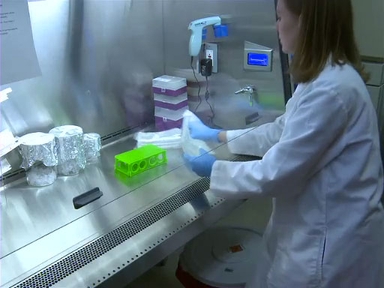
Now Playing
An Introduction to Working in the Hood
General Laboratory Techniques
151.6K Views
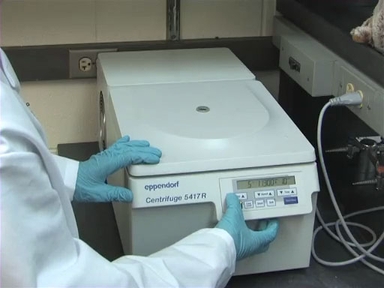
원심분리기 소개
General Laboratory Techniques
489.4K Views
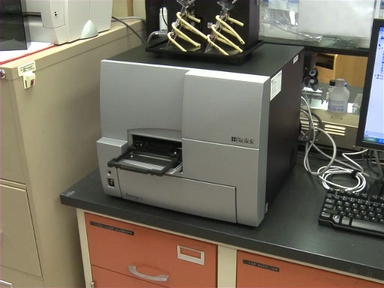
마이크로 플레이트 리더 소개
General Laboratory Techniques
127.4K Views
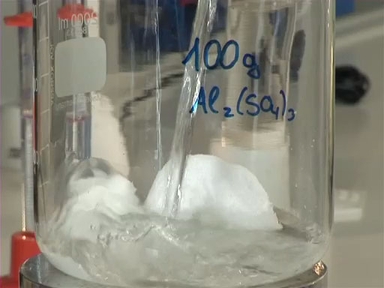
농도 이해 및 부피 측정
General Laboratory Techniques
216.3K Views
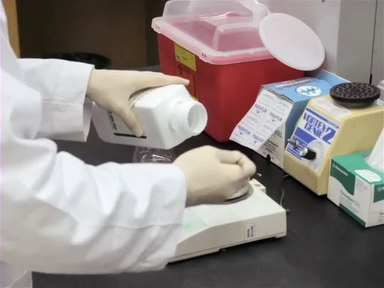
실험실에서 용액 만들기
General Laboratory Techniques
211.8K Views
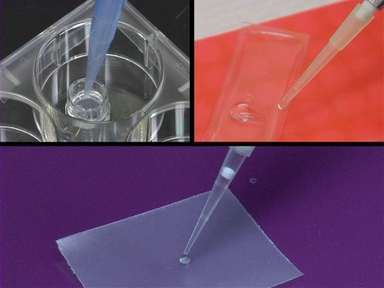
마이크로피펫터 소개
General Laboratory Techniques
587.4K Views
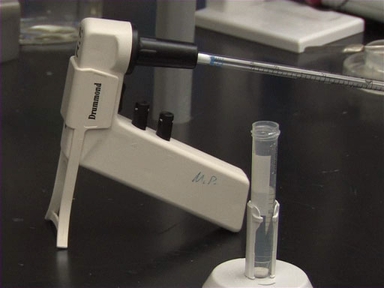
일회용 피펫(Serological Pipettes) 소개
General Laboratory Techniques
219.3K Views
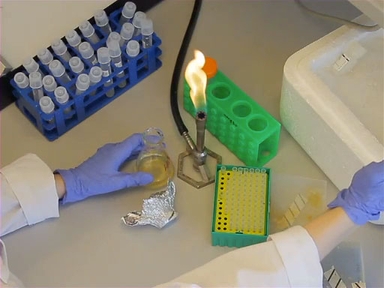
분젠 버너 소개
General Laboratory Techniques
207.7K Views

실험실에서 질량 측정
General Laboratory Techniques
171.2K Views

분광 광도계 소개
General Laboratory Techniques
519.2K Views
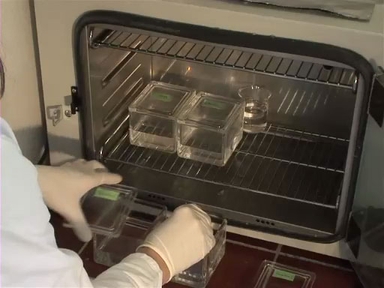
광학 현미경 검사를위한 조직 학적 샘플 준비
General Laboratory Techniques
240.6K Views
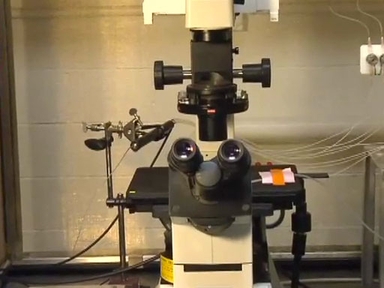
형광 현미경 소개
General Laboratory Techniques
350.1K Views
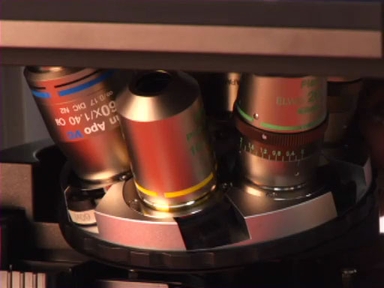
광학 현미경 소개
General Laboratory Techniques
816.1K Views

샘플의 보존 : 냉장고,냉동고, 극저온 냉동고의 이용
General Laboratory Techniques
65.7K Views
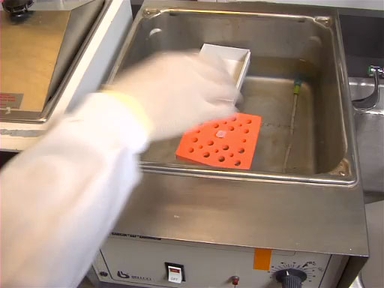
실험실 온도 조절: 열 적용
General Laboratory Techniques
81.4K Views
Copyright © 2025 MyJoVE Corporation. 판권 소유